Healthy food is a lot of things, but one thing that I believe we don’t pay enough attention to is the spiritual element of it.
Extreme diets, already-prepared delivery meal services, and snacks that tout themselves as healthy are not necessarily “bad” for us, but over time they are unsustainable and can’t complement our social and emotional needs. We’re complex humans, not robots, and food needs to reflect that.
In this sense, food is not just fuel — it’s society, it’s culture, it’s love, and it’s community. While leading a healthy lifestyle can be a lot of things, I believe, that to address these very human needs, we need to base our eating around home cooking.
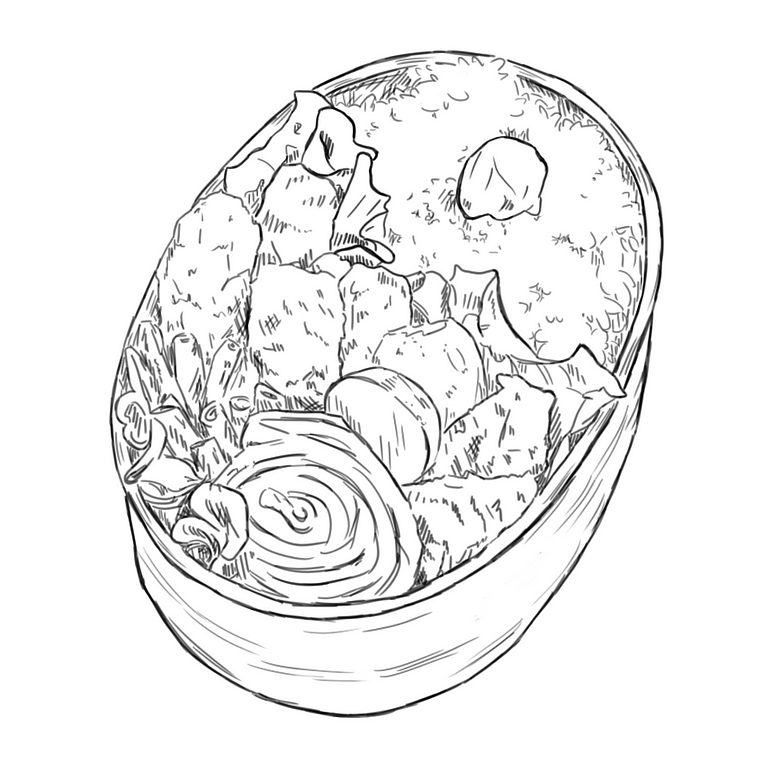
I’m not ignorant of the demands of modern life. We have work, we have school, and we all lead increasingly busy lives that command our constant attention and energy. Home cooking and sitting down with the family is not as easy as it seems — it can be really difficult. But luckily, I have a solution to offer.
It’s nabemono-ryori
At around 7:30 p.m., my dad showed up at home with grocery bags full of vegetables — Napa cabbage, a leek, shiitake and shimeji mushrooms, carrots, and spinach — and two trays of thinly sliced pork.
He washed and chopped up all the vegetables in about 10 minutes, and then set up a thick clay pot and portable gas stove on the table. He poured in a packet of soy-based broth, and with the pot still heating up, he called me over: “Dinner time!”
In less than 20 minutes, with zero preparation beforehand, my dad had a complete and balanced dinner set up on the table full of a variety of vegetables, soup, and meat.
What he made is a Japanese dish called “nabemono-ryori,” typically translated as hot pot in English, and it’s wonderful.
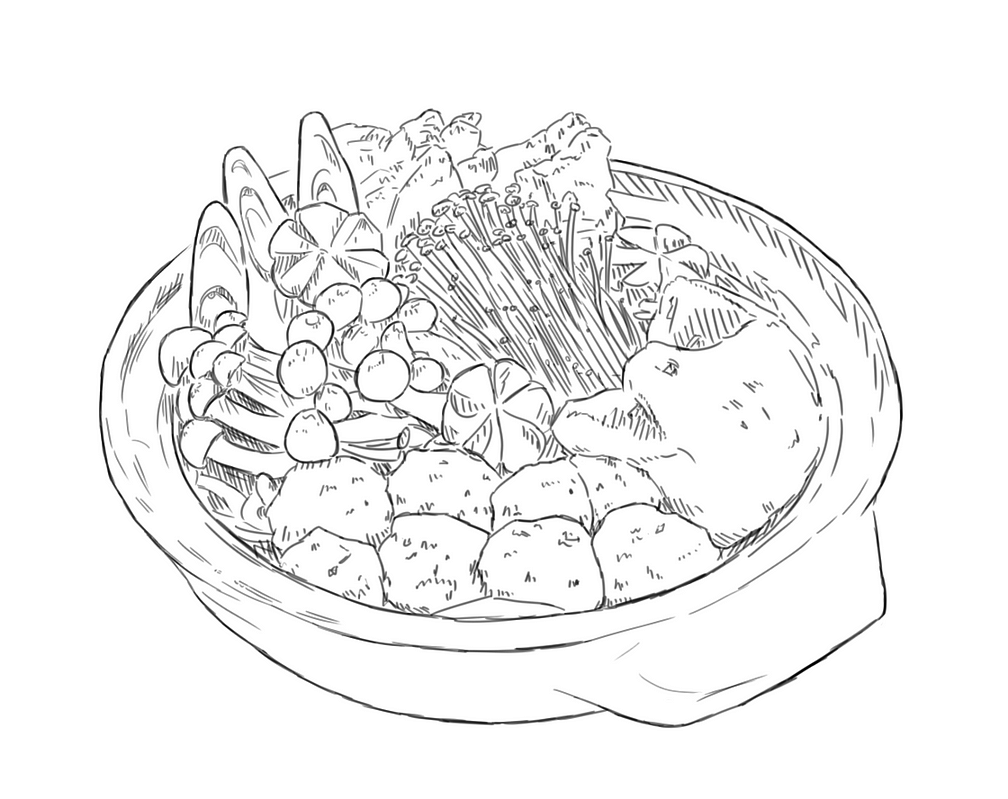
What is nabemono?
A staple winter cuisine in Japan, nabemono is arguably one of the most perfect meals you can have. Not only is it incredibly healthy due to its base of vegetables, but it is also an amazingly natural way to bring people together.
Nabemono requires very little preparation and the cooking is done as you eat. Unlike traditional meal-prep strategies, you don’t need to plan for it days in advance, and you don’t need to block out hours of bulk-cooking — so even on your sluggish days when you don’t have much time or energy, you can still easily bring it together.
Turn on the table-top stove, heat up some dashi in hot water, and cook the food over the pot with some family or friends.

Healthy and plant-based, delicate flavors
The main part of nabemono is vegetables! And you get to eat a lot of them.
While the typical choices of vegetables for nabemono include the ones I’ve addressed, there are so many varieties of hot pot that you can put in whatever you like or whatever is available to you. Broccoli, peppers, onions, or eggplant — there really are no rules to the ingredients you choose to add.
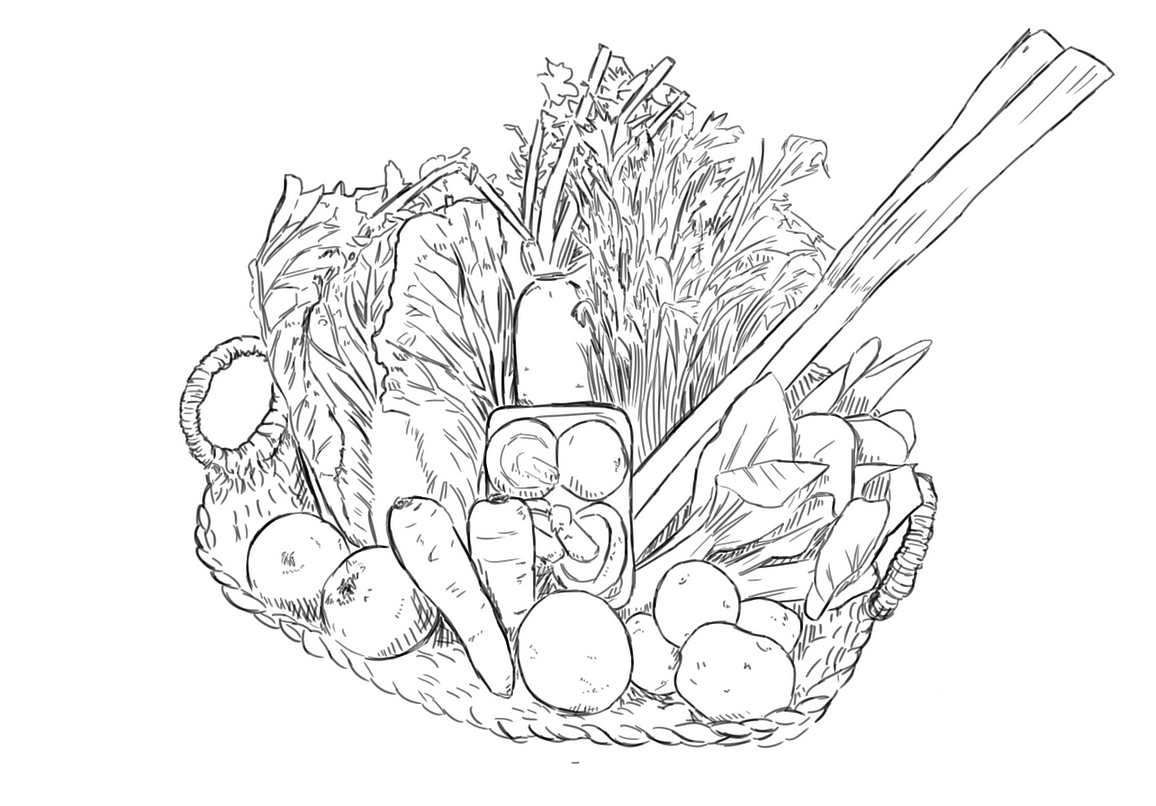
The flavors in a hot pot are traditionally based off of dashi and natural umami flavors, rather than high-fat, -salt, and -sugar seasonings. Dashi is usually made up of fish broth and dried kombu kelp boiled in hot water, but today you can also find broths based on soy sauce, soy milk, and bone broth.
Different versions of nabemono include sukiyaki, which is based on soy sauce, mirin, sake, and beef, or shabu-shabu, which is based on kombu dashi broth, yuzu-ponzu, sesame dressing, and pork.
The delicate flavors of the soup allow the natural flavors of the vegetables to stand out, so even those who are typically not fans of vegetables will fall in love with the dish.
In addition, because nabemono is boiled and simmered, there is no frying or adding of oils involved. So the nutrients in the vegetables and protein aren’t compromised, and our bodies are able to avoid dangerous chemical reactions that frying would involve.
While nabemono is not just vegetables — it includes thinly sliced meats and carbohydrates like rice or noodles — you are not eating an entire steak’s worth of meat, and you are not eating a whole bowl of rice. Instead, these elements complement the plant base of the meal.
In this way, by providing lots of vegetables in a flavoring that doesn’t overwhelm our taste buds with sugar, fat, and salt, nabemono encompasses a certain balance where we feel full and satiated, but not overwhelmingly bloated or unsatisfied.
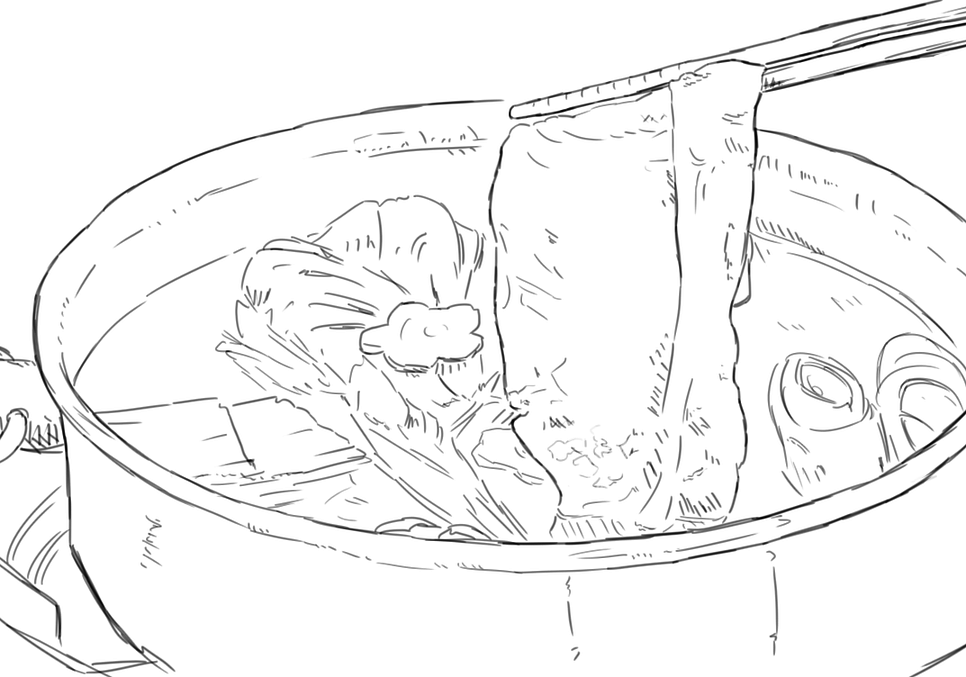
Creating community around food
But the best part about hot pot is the experience and joy of a home-cooked meal. Sitting over a small table-top stove together with loved ones, you’re instantly warmed by the presence of fire and connect with those sitting around it.
Unlike takeout and ready meals, which allow us to be emotionally lazy, nabemono meals create a space of conversation and bonding, even if the “cooking” is throwing in ingredients into a clay pot — just this action together channels the social connection that food can provide.
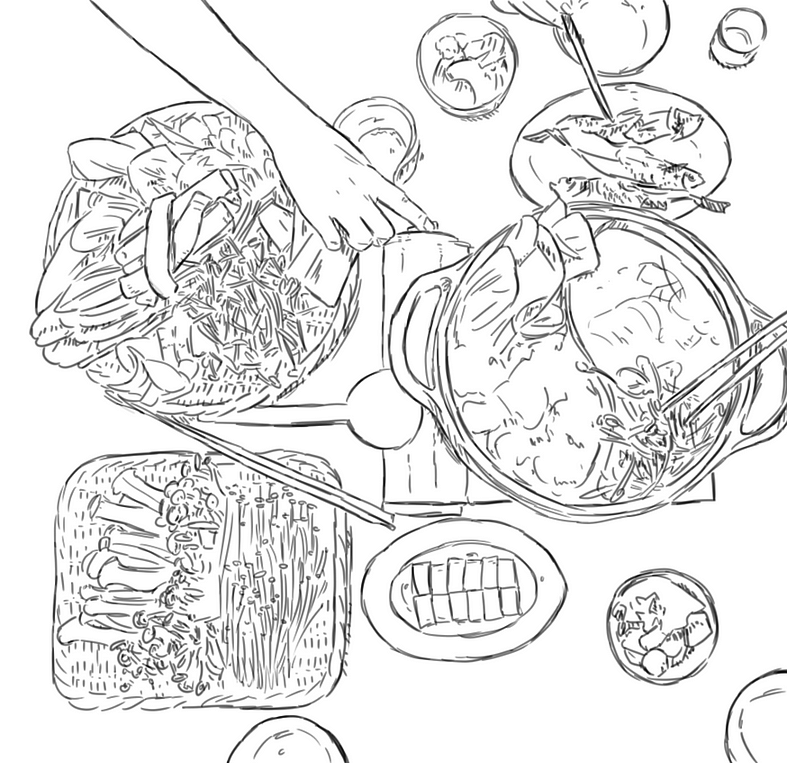
Beginner’s guide to nabemono
You don’t need to be skilled, and you don’t even need to be well-prepared to make nabemono. With the absolute minimal amount of time preparing, even the self-proclaimed laziest of us can bring this wonderful dish into the home.
If you’re curious about how to create your own nabemono, here’s my introductory guide to making the traditional Japanese dish. But this combination is just one of many, and these meals will come out just as great using the vegetables and soups available to you!
The things you need
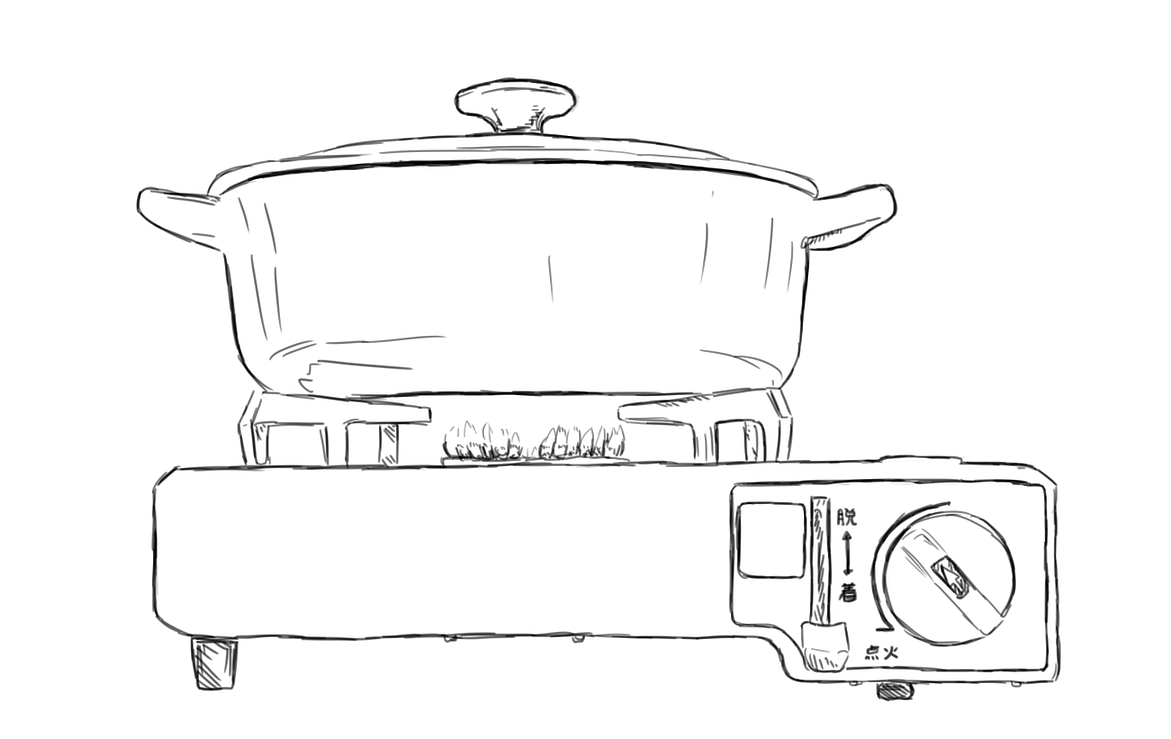
Dishware:
- Stovetop gas stove
- Big Japanese clay pot
Dashi:
- Basic dashi or fish-based kombu broth (I usually buy mine from Kayanoya)
- Others: soy sauce, tomato, soy milk, chicken broth, pork broth
Vegetables:
- Napa cabbage
- Leek
- Carrots
- Mushrooms (enoki, shimeji, shiitake)
- Spinach
Meats:
- Thinly sliced pork or beef
- Can also use seafood, such as shrimp
Other:
- Konnyaku
- Tofu
- Mochi rice cakes
- Udon noodles
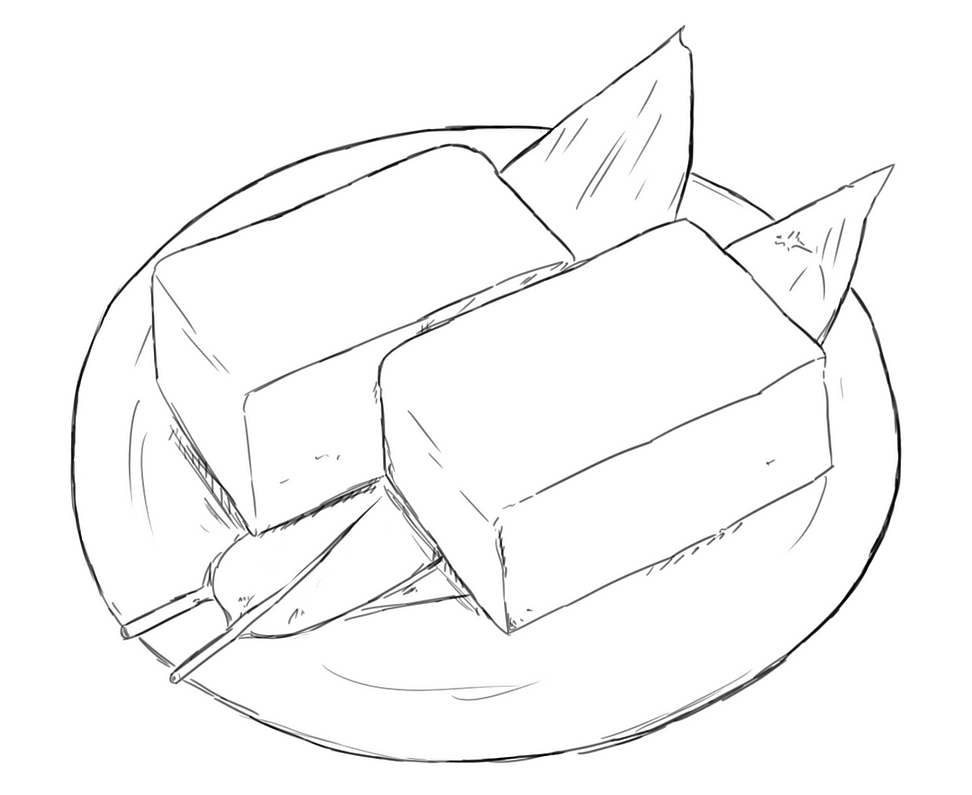
Instructions
- Place the portable stovetop on the table, with the clay pot on top. Add the dashi to the pot as instructed, and put on high heat. Once it starts simmering, lower the heat and add in cut vegetables, meat, and noodles to personal liking and pace. Enjoy!
Bringing nabemono into your home
One of the most common questions I get involves how to eat and prepare healthy meals full of vegetables, especially when you feel as though you never have the time or energy for it.
While it may be tempting to pick up the phone and order takeout or sign up for a ready-meal service, there is something so spiritually wonderful about having complete control over what you put in your body, taking the time to prepare it (even if that means just chopping), and sharing that meal over the table with loved ones.
You don’t need to be a professional or remotely skilled chef to bring home cooking into your lifestyle. With the right information, strategy, and patience understanding yourself, your body, and the foods that bring you joy, I hope to empower you with the belief that you can take control over your own wellbeing.

